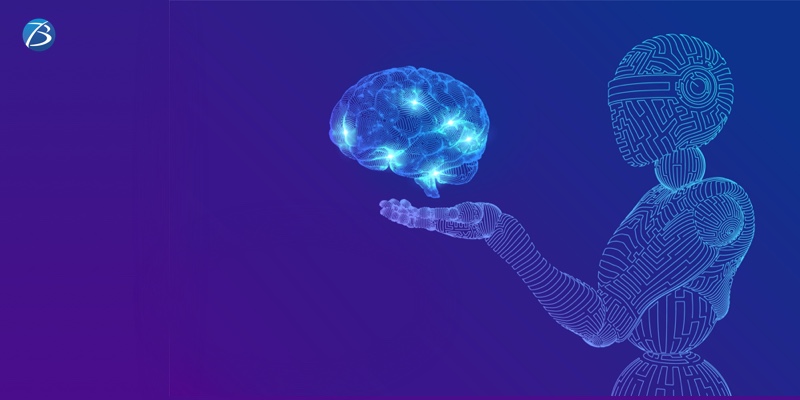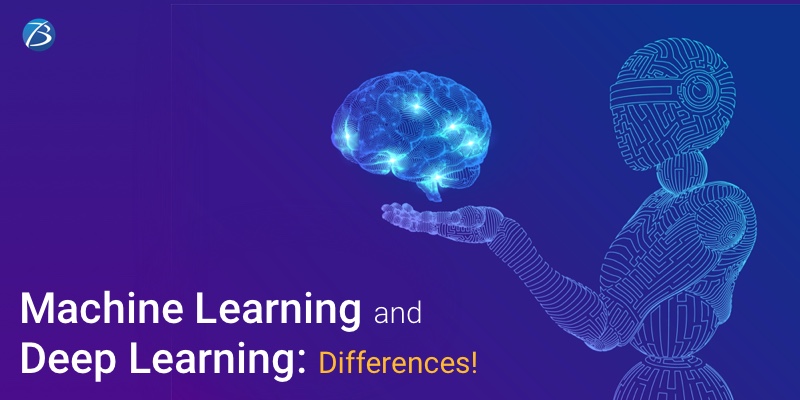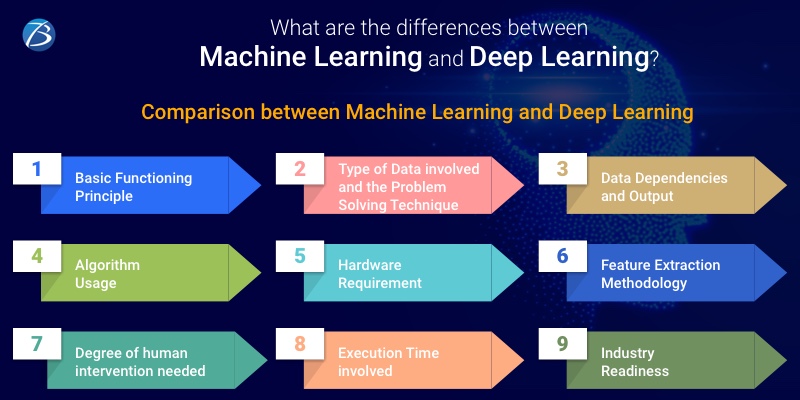Why Should Companies Adapt to AI?
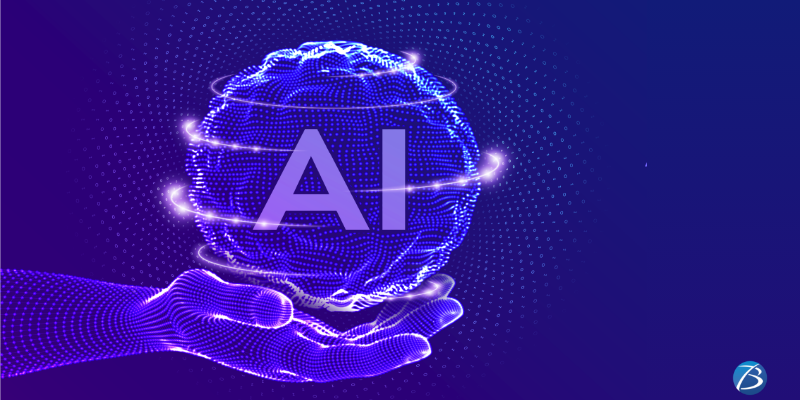
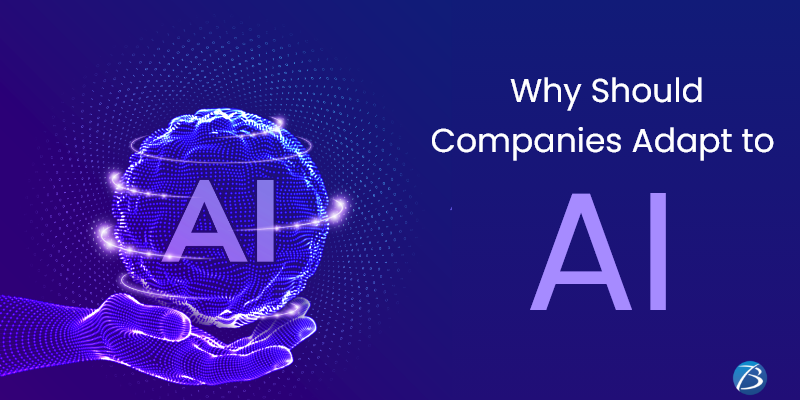
AI, big data, and machine learning technologies are increasingly ingrained in our daily lives. It is no longer the future but rather a present reality. AI allows you to make decisions much quicker and more precisely than before. While it is still a novel idea, it already has many businesses uses.

It is altering the way things are done and making people more productive. In fact, 86% of CEOs say that AI is a mainstay in their workplaces as of 2021. It’s becoming vital in unforeseen ways, from forecasting customer behavior to decreasing data entry.
Even if individuals have mixed opinions about AI, it is hard to deny that it provides us with enormous prospects. It is particularly true from a financial perspective since commercial enterprises and government agencies are interested in this field.
Before considering why companies should adapt to AI, let’s look at what artificial intelligence is.
What Is Artificial Intelligence?
Artificial intelligence (AI) is the foundation for simulating human thinking functions by developing and deploying algorithms in a dynamic computing environment. Computers are pretty good at evaluating these algorithms and coming up with the best decision. Artificial intelligence (AI) and machine learning (ML) are the core future of commercial decision-making.
Machine learning algorithms are used to build and deploy AI. ML refers to the tools and techniques used to create a model to identify patterns. Machine learning model operations are required in businesses where multiple models are deployed.
Developing, analyzing, changing, and implementing predictive models are part of machine learning model operations. It keeps track of inspections, pauses, routines, statistics, and versioning to ensure repeat testing. It makes the machine learning lifecycle so much simpler.
All modeling operations attempt to make ML models as efficient and productive as possible. It’s worth noting that we’re dealing with two different aspects of machine learning model maintenance. AI is used in various domains, enabling our lives to be more accessible than ever before. Artificial intelligence can aid any company in the following ways:
- Process management optimization
- Using market research to get insights
- Including models in the manufacturing process
- Involvement of stakeholders in the findings
Benefits AI Can Provide to Companies
- Improves Customer Service
- Save Time and Resources
- Operate robotic lines in manufacturing
- Monitor warehouse balances
- Process payments
- Respond to customer queries
- Helps in HR Processes
- Improves Cybersecurity
- Easy Insights
Chat will have surpassed all other customer support platforms by the next few years. By automating client contacts, AI-driven chatbots enable businesses to deliver 24/7 customer assistance. AI advancements have enabled bots to pick up on conversational nuances and precisely imitate human language.
AI-enabled chatbots can bridge customer service voids for small organizations that don’t have the funds or human resources to hire a customer care staff.
AI can also help in customized alerts to specific users. Personalization allows it to be tailored to particular users, assuring that they obtain the most suitable response at the right time.
Machine learning techniques are now being used in SEO services too. It is used to analyze the purpose behind query phrase picks and the content of queries.

Companies can benefit from AI’s increased efficiency and production because manual processes take time and cost. Automation has substantially impacted all corporate sectors by reducing repetitive and tedious processes and conserving time and resources. Processes include:
AI can complete jobs at a rate and level that no person can achieve. When humans are not obliged to execute repetitive and tedious jobs, they may focus on higher-value activities that machines and computers can do.
Once the initial startup expenses are covered, automating activities results in fewer labor hours, less paperwork, and improved customer satisfaction. As a result, you’ll be able to increase your profitability and reallocate cash to produce more revenue.
The selection process is another place where artificial intelligence may enhance productivity. AI can accelerate the applicant assessment process by automating filtering calls and examining applicant submissions. AI also aids in the elimination of human bias in pre-employment checks, which is a positive thing for employee engagement.
Human resources frequently manage interior employee assets. According to the Harvard Business Review, internal services for addressing problems in IT and personnel regulations can be made easier with artificial intelligence.
One of the causes is that artificial intelligence may be used to drive natural language search for discovering answers to specific questions. AI improves each time, allowing it to respond to requests more rapidly and correctly.
Artificial intelligence is an attempt to mimic human understanding. In the sphere of cybersecurity, it has immense promise. AI platforms can be trained to provide threat warnings, discover potential malware, and protect critical data for companies.
It can be used to detect cyber dangers and potentially dangerous behaviors. Conventional software solutions cannot keep up with a large amount of new malware released each week. Therefore, this is an area where artificial intelligence can help.
Systems are trained to identify malware and execute predictive modeling using sophisticated algorithms. It can provide information on new anomalies, cyberattacks, and countermeasures. After all, hackers are subject to the same trends as the general public, so what’s trendy with them shifts regularly.

A startling amount of companies have yet to tap into their data riches. Companies usually have all the information about the consumers but don’t know what to do with it or draw essential insights.
AI helps firms make intelligent, strategic business decisions by combining large volumes of complex data, analyzing it, recognizing patterns, and uncovering insight.
For example, AI is being used in the financial services industry to organize, categorize, and pattern massive volumes of economic data. Its goal is to deliver more personalized and customized advice to clients. In a few minutes, AI can process vast amounts of data.
Final Thoughts
You may have observed that all of the highlighted advantages are rather broad. Different companies in various industries may use AI to achieve multiple goals in practice. AI may increase efficiency, reliability, and customer support and assist a firm in developing by spotting patterns and maximizing sales prospects.
Another benefit of artificial intelligence in the company is marketing personalization. Algorithms can spot interconnections and repeating patterns in the behavior of prospective and actual users. Based on this information, making particular offers for certain persons makes it feasible.
The list could continue indefinitely. However, the real benefits of AI are not contained in what most people believe in. So, it’s crucial to figure out how it might benefit your company specifically.
Would like to build an impeccable AI/ML solution for your business? Well then, the Machine learning Services offered by Biz4Solutions are worth a try! Our team of tech nerds has the proficiency, experience, and expertise required to tailor highly functional AI/ML apps/solutions for clients from diverse industry verticals.

